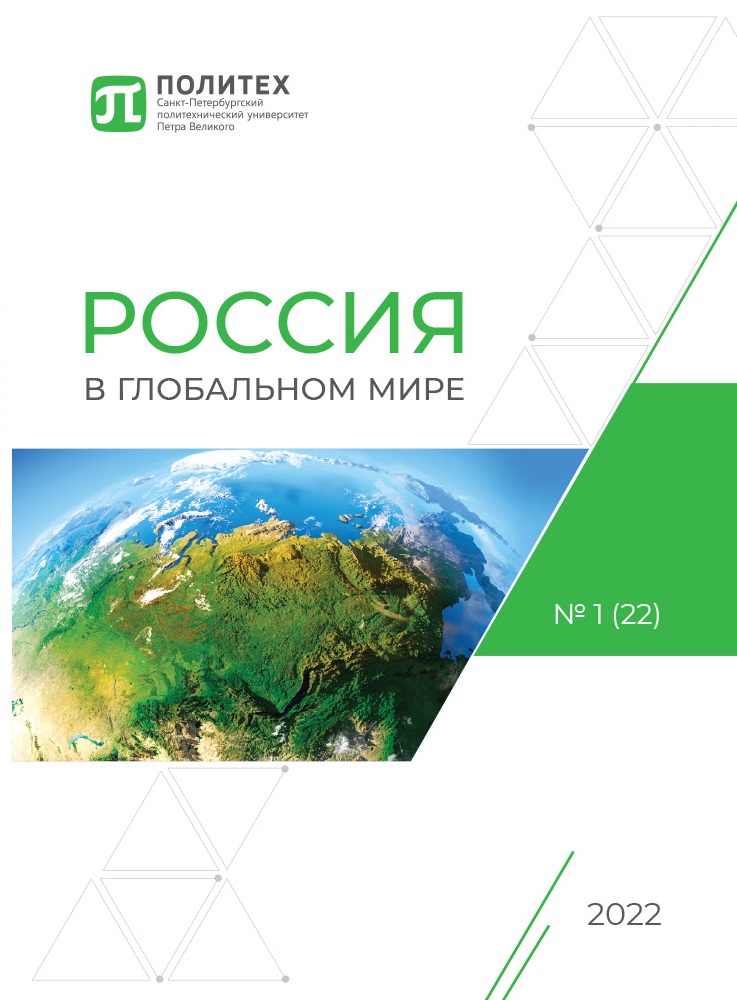Modern museum practices in the protection of historical and cultural heritage in Finland
An overview of the fundamental activities for the identification, conservation and promotion of objects of historical and cultural heritage located in Finland and some ways to implement them are discussed in this publication. Finland ratified the UNESCO Convention for the Protection of Cultural Heritage in 1987 to protect and promote its cultural heritage. Although the implementation of the Agreement is the responsibility of the Finnish Ministry of Education and Culture, the responsibility for implementation rests with the Finnish National Antiquities Committee. According to the UNESCO Convention, Finland must slow down the process of aging and performance of building structures, restore the artistic image of the ancestors and preserve the value of cultural heritage. These activities must fully comply with legal requirements. The article provides examples of historical and cultural heritage protection in the format of museum practices in Finland, for example, the allocation of grants for the museums’ promotion in the form of creating online exhibitions in the city of Turku. The problem in question has so far been little studied in the Russian scientific literature and requires further research, which indicates the relevance of the problem under study. The article may be useful for he the students and teachers to get prepared for the practical and lecture classes targeted at cultural studies, and regional studies of Nordic countries.


